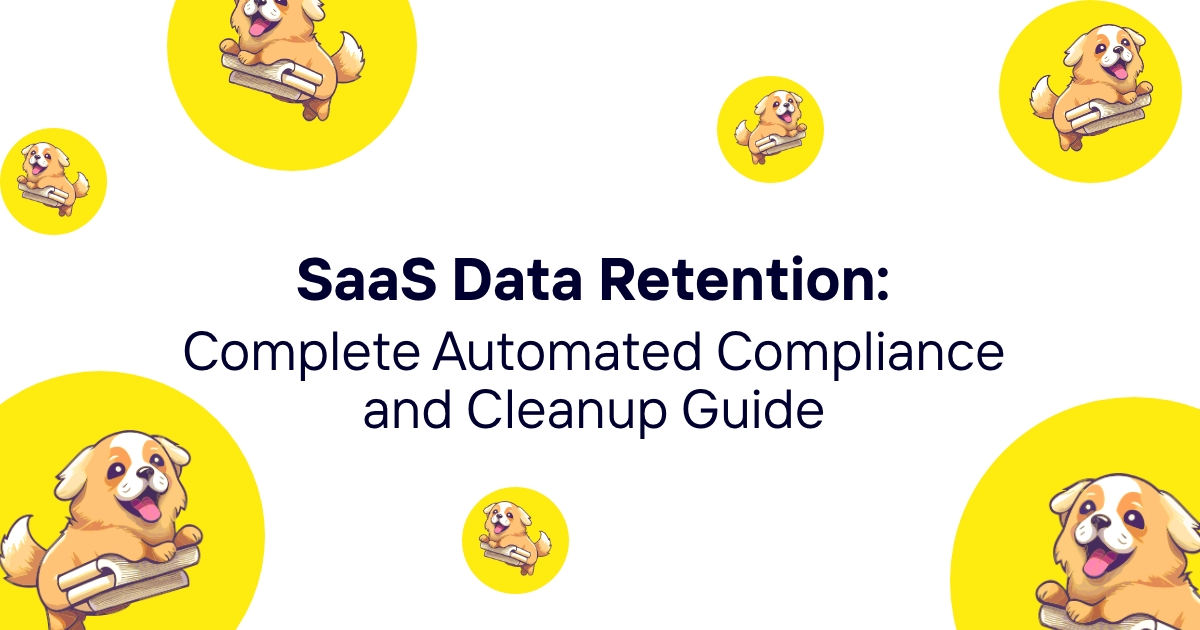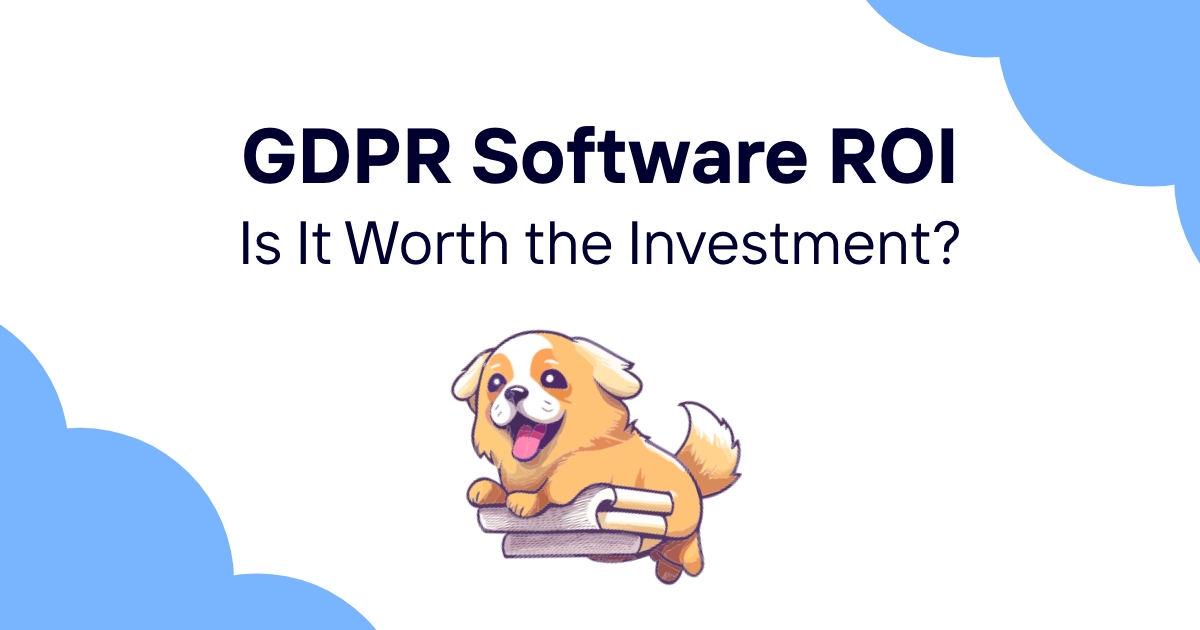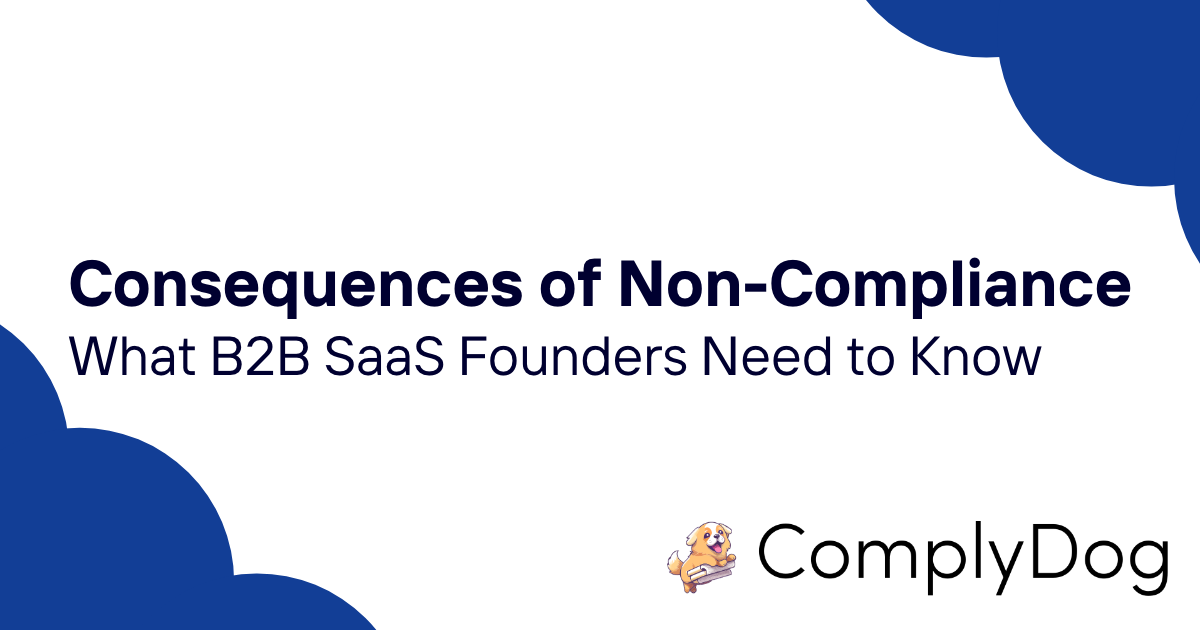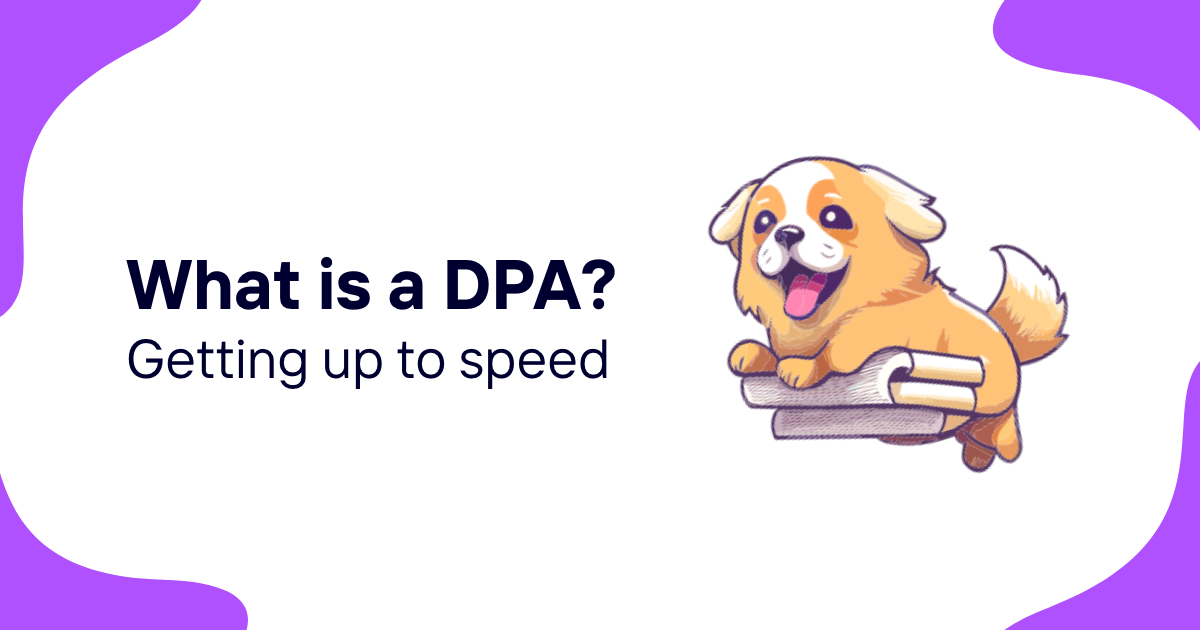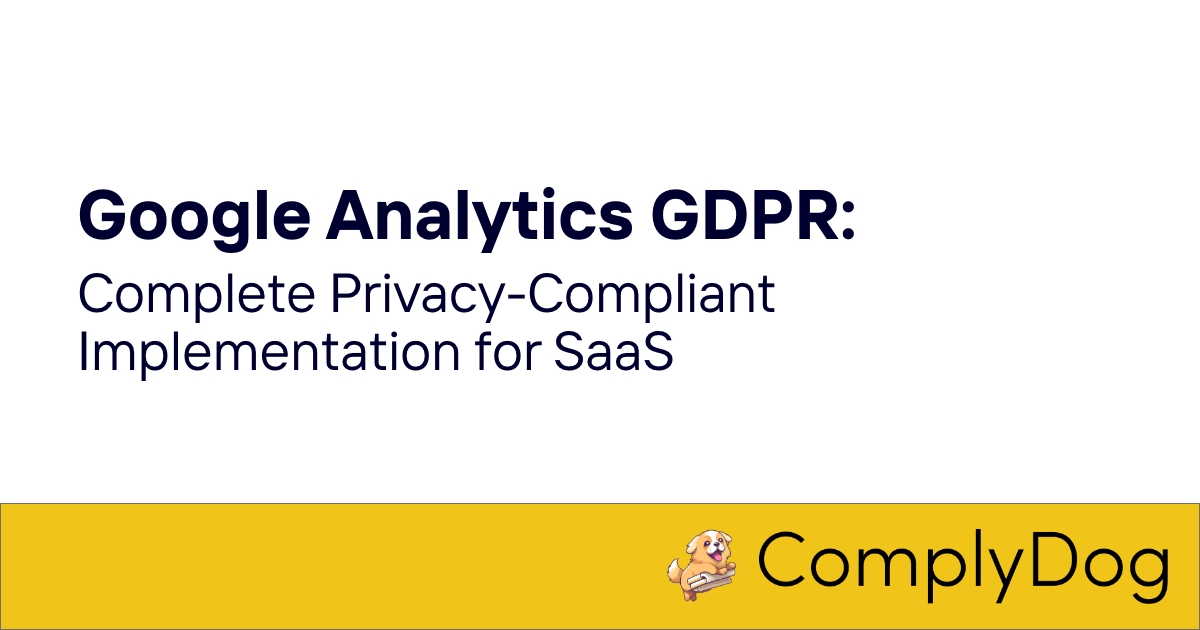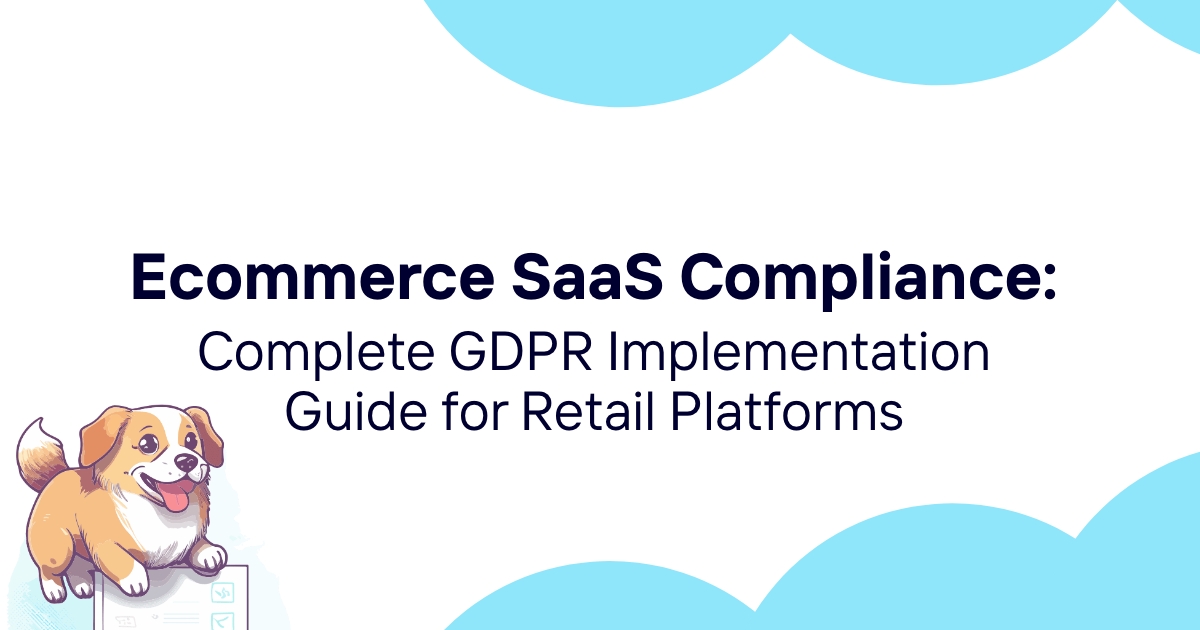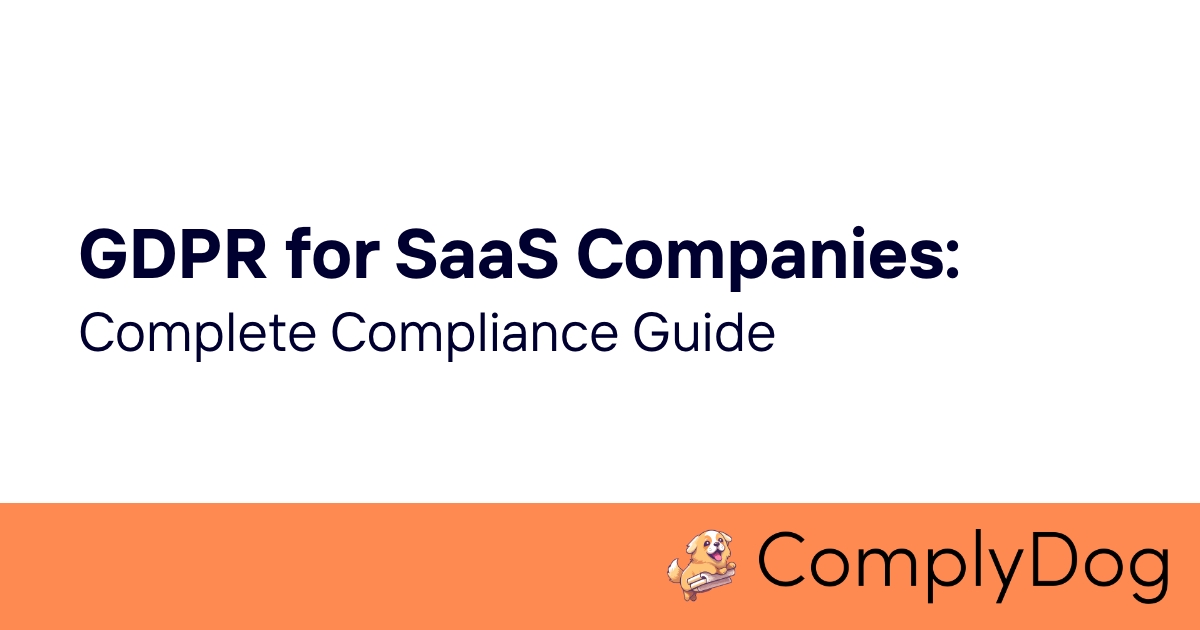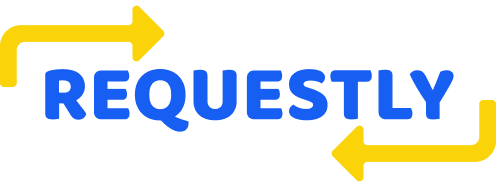SaaS data retention requires comprehensive lifecycle management that balances business needs with privacy obligations while ensuring automated compliance processes and systematic data cleanup throughout customer data lifecycle and regulatory adherence. Modern SaaS platforms accumulate vast amounts of customer data that must be managed systematically to prevent compliance violations, storage inefficiencies, and privacy risks throughout data retention lifecycle management.
The complexity of SaaS data retention lies in coordinating different retention requirements across various data types, regulatory frameworks, and business functions while ensuring automated compliance processes maintain data protection throughout retention scheduling, storage management, and systematic data disposal activities.
SaaS companies must implement data retention that addresses regulatory compliance, business continuity, legal hold requirements, and customer privacy rights while maintaining operational efficiency and cost optimization throughout automated retention management and systematic data lifecycle activities.
Effective SaaS data retention enables companies to minimize legal risks while optimizing storage costs through systematic data management that ensures compliance with privacy regulations and business requirements throughout automated retention processes and data cleanup activities.
Proper SaaS data retention implementation requires systematic approach to retention policy development, automated compliance processes, data classification, and cleanup procedures that ensure retention management enhances rather than compromises business operations throughout data lifecycle management.
ComplyDog helps SaaS companies implement comprehensive data retention through systematic retention assessment, automated compliance monitoring, and integrated cleanup systems that ensure data lifecycle management provides business value while maintaining comprehensive regulatory compliance and operational efficiency.
Data Retention Policy Framework
Implementing comprehensive data retention policy framework ensures that SaaS platforms maintain appropriate data lifecycle management while meeting regulatory requirements throughout retention policy development and data management activities.
Comprehensive Retention Policy Development:
Develop comprehensive retention policies while ensuring appropriate coverage of all data types and regulatory requirements throughout retention policy creation and data lifecycle management activities.
Implement policy development that provides complete coverage while maintaining operational efficiency through appropriate retention policy procedures and comprehensive data management frameworks.
Data Type-Specific Retention Requirements:
Establish data type-specific retention requirements while ensuring appropriate handling for different information categories throughout specialized retention management and category-specific data handling activities.
Configure type-specific requirements that provide appropriate retention periods while maintaining compliance through systematic data categorization and specialized retention procedures.
Regulatory Compliance Integration:
Integrate regulatory compliance requirements while ensuring appropriate legal adherence and retention compliance throughout multi-jurisdictional retention management and regulatory requirement coordination.
Design compliance integration that provides comprehensive regulatory coverage while maintaining operational efficiency through appropriate regulatory procedures and compliance coordination frameworks.
Business Justification Documentation:
Document business justification for retention periods while ensuring appropriate rationale and compliance support throughout retention period determination and business requirement documentation activities.
Implement justification documentation that provides compliance support while maintaining business alignment through appropriate documentation procedures and retention rationale frameworks.
Retention Policy Updates and Versioning:
Manage retention policy updates while ensuring appropriate version control and change management throughout retention policy evolution and policy update activities.
For insights on implementing comprehensive lifecycle management in complex SaaS environments, check out our multi-tenant SaaS privacy guide which addresses similar systematic management challenges.
Automated Retention Compliance Systems
Implementing automated retention compliance systems ensures that data lifecycle management maintains regulatory adherence while reducing manual effort throughout systematic retention processing and compliance automation activities.
Automated Retention Scheduling:
Implement automated retention scheduling while ensuring appropriate timeline management and compliance enforcement throughout systematic retention processing and automated data lifecycle activities.
Configure retention scheduling that provides comprehensive automation while maintaining accuracy through appropriate scheduling procedures and automated retention frameworks.
Data Classification Automation:
Automate data classification while ensuring appropriate categorization and retention assignment throughout systematic data organization and automated classification activities.
Design classification automation that provides accurate categorization while maintaining efficiency through appropriate automation procedures and data classification frameworks.
Retention Trigger Management:
Manage retention triggers while ensuring appropriate event-based retention and automated processing throughout trigger-based retention and event-driven data management activities.
Implement trigger management that provides responsive retention while maintaining accuracy through appropriate trigger procedures and event-based retention frameworks.
Exception Handling Automation:
Automate exception handling while ensuring appropriate special case management and retention flexibility throughout exception processing and specialized retention activities.
Configure exception automation that provides flexibility while maintaining compliance through appropriate exception procedures and specialized handling frameworks.
Compliance Monitoring and Alerting:
Monitor compliance and implement alerting while ensuring appropriate oversight and issue identification throughout retention compliance monitoring and systematic oversight activities.
Data Lifecycle Management Architecture
Implementing comprehensive data lifecycle management architecture ensures that SaaS data flows through appropriate retention stages while maintaining system efficiency throughout data lifecycle processing and retention architecture activities.
Lifecycle Stage Definition:
Define lifecycle stages while ensuring appropriate data flow and processing stages throughout data lifecycle management and systematic data progression activities.
Implement stage definition that provides clear progression while maintaining efficiency through appropriate lifecycle procedures and data flow frameworks.
Data Archiving and Storage Tiers:
Implement data archiving and storage tiers while ensuring appropriate cost optimization and access management throughout tiered storage and archival data management activities.
Configure storage tiers that provide cost efficiency while maintaining accessibility through appropriate tiered storage procedures and archival management frameworks.
Hot, Warm, and Cold Data Management:
Manage hot, warm, and cold data while ensuring appropriate access patterns and storage optimization throughout temperature-based data management and access-optimized storage activities.
Design temperature management that provides performance efficiency while optimizing costs through appropriate temperature procedures and storage optimization frameworks.
Data Migration Between Tiers:
Migrate data between tiers while ensuring appropriate transition management and data integrity throughout inter-tier migration and data movement activities.
Implement migration processes that provide seamless transitions while maintaining data integrity through appropriate migration procedures and data movement frameworks.
Backup Integration with Retention:
Integrate backup systems with retention while ensuring appropriate data protection and lifecycle coordination throughout backup retention and integrated data protection activities.
Legal Hold and Litigation Support
Managing legal hold and litigation support ensures that retention processes accommodate legal requirements while maintaining compliance throughout legal preservation and litigation data management activities.
Legal Hold Implementation:
Implement legal hold processes while ensuring appropriate data preservation and legal compliance throughout litigation hold and legal preservation activities.
Configure legal hold that provides comprehensive preservation while maintaining operational efficiency through appropriate hold procedures and legal preservation frameworks.
Litigation Data Identification:
Identify litigation-relevant data while ensuring appropriate scope determination and data preservation throughout litigation discovery and relevant data identification activities.
Design identification processes that provide comprehensive coverage while maintaining efficiency through appropriate identification procedures and litigation data frameworks.
Hold Release and Restoration:
Manage hold release and restoration while ensuring appropriate data lifecycle resumption and retention compliance throughout hold termination and normal retention restoration activities.
Implement release processes that provide seamless restoration while maintaining compliance through appropriate release procedures and restoration frameworks.
E-Discovery Integration:
Integrate e-discovery requirements while ensuring appropriate data collection and legal support throughout discovery processes and litigation data collection activities.
Configure e-discovery integration that provides legal support while maintaining efficiency through appropriate discovery procedures and legal data frameworks.
Legal Communication and Coordination:
Coordinate legal communication while ensuring appropriate stakeholder involvement and legal compliance throughout legal coordination and retention legal management activities.
Automated Data Cleanup and Deletion
Implementing automated data cleanup and deletion ensures that expired data removal maintains system efficiency while ensuring compliance throughout systematic data disposal and cleanup automation activities.
Automated Deletion Scheduling:
Schedule automated deletion while ensuring appropriate timing and compliance verification throughout systematic data removal and automated deletion activities.
Implement deletion scheduling that provides reliable cleanup while maintaining verification through appropriate scheduling procedures and deletion automation frameworks.
Data Dependencies and Relationships:
Manage data dependencies while ensuring appropriate relationship preservation and referential integrity throughout dependent data cleanup and relationship management activities.
Configure dependency management that provides integrity maintenance while enabling cleanup through appropriate dependency procedures and relationship frameworks.
Deletion Verification and Logging:
Verify deletion completion while maintaining comprehensive logging throughout data removal verification and deletion audit activities.
Design verification processes that provide confirmation while maintaining audit trails through appropriate verification procedures and deletion logging frameworks.
Recovery and Restoration Controls:
Implement recovery controls while ensuring appropriate restoration capability and data protection throughout deletion recovery and restoration management activities.
Configure recovery controls that provide protection against accidental deletion while maintaining cleanup efficiency through appropriate recovery procedures and restoration frameworks.
Cleanup Performance Optimization:
Optimize cleanup performance while ensuring appropriate system efficiency and resource management throughout deletion optimization and cleanup performance activities.
Customer Data Subject Rights Integration
Integrating customer data subject rights ensures that retention processes accommodate individual privacy rights while maintaining operational efficiency throughout rights processing and retention coordination activities.
Right to Erasure Implementation:
Implement right to erasure while ensuring appropriate customer deletion and retention compliance throughout erasure request processing and customer data deletion activities.
Configure erasure implementation that provides comprehensive deletion while maintaining system integrity through appropriate erasure procedures and customer deletion frameworks.
Data Subject Request Processing:
Process data subject requests while ensuring appropriate rights fulfillment and retention coordination throughout customer rights processing and individual request management activities.
Design request processing that provides efficient rights fulfillment while maintaining compliance through appropriate processing procedures and rights management frameworks.
Customer Deletion Verification:
Verify customer deletion while ensuring appropriate completion confirmation and audit documentation throughout deletion verification and customer removal confirmation activities.
Implement verification processes that provide confirmation while maintaining audit trails through appropriate verification procedures and deletion confirmation frameworks.
Partial Deletion and Data Relationships:
Manage partial deletion while ensuring appropriate selective removal and data relationship maintenance throughout selective erasure and relationship preservation activities.
Configure partial deletion that provides selective removal while maintaining system integrity through appropriate partial procedures and selective deletion frameworks.
Rights Documentation and Compliance:
Document rights processing while ensuring appropriate evidence collection and compliance verification throughout rights documentation and customer privacy compliance activities.
Retention Monitoring and Reporting
Implementing comprehensive retention monitoring and reporting ensures that data lifecycle management maintains visibility while supporting compliance demonstration throughout retention oversight and reporting activities.
Retention Compliance Dashboards:
Implement retention compliance dashboards while ensuring appropriate visibility and performance monitoring throughout retention oversight and compliance tracking activities.
Configure compliance dashboards that provide comprehensive visibility while maintaining operational efficiency through appropriate dashboard procedures and monitoring frameworks.
Automated Reporting Systems:
Develop automated reporting systems while ensuring appropriate compliance documentation and stakeholder communication throughout retention reporting and automated documentation activities.
Design reporting systems that provide comprehensive information while reducing manual effort through appropriate reporting procedures and automation frameworks.
Retention Metrics and KPIs:
Establish retention metrics while ensuring appropriate performance measurement and improvement tracking throughout retention performance management and metrics analysis activities.
Implement metrics systems that provide meaningful measurement while supporting improvement through appropriate metrics procedures and performance frameworks.
Compliance Audit Support:
Support compliance audits while ensuring appropriate evidence provision and audit facilitation throughout retention audit activities and compliance verification processes.
Configure audit support that provides comprehensive evidence while maintaining operational efficiency through appropriate audit procedures and compliance frameworks.
Regulatory Reporting Integration:
Integrate regulatory reporting while ensuring appropriate authority communication and compliance reporting throughout regulatory coordination and retention reporting activities.
Continuous Improvement Integration:
Integrate continuous improvement while ensuring appropriate enhancement and optimization throughout retention improvement and system optimization activities.
Ready to build automated data retention systems that ensure compliance while optimizing operational efficiency? Use ComplyDog and implement comprehensive SaaS data retention that transforms data lifecycle management from compliance burden into operational advantage through systematic automation and retention optimization that ensures regulatory adherence while maximizing system performance and cost efficiency.
